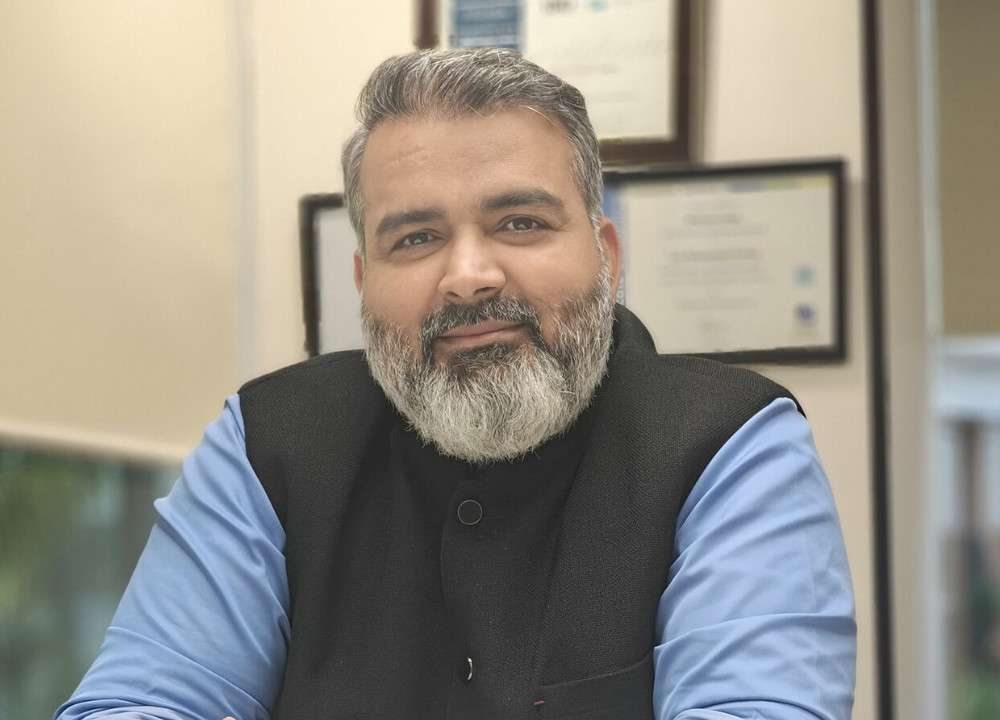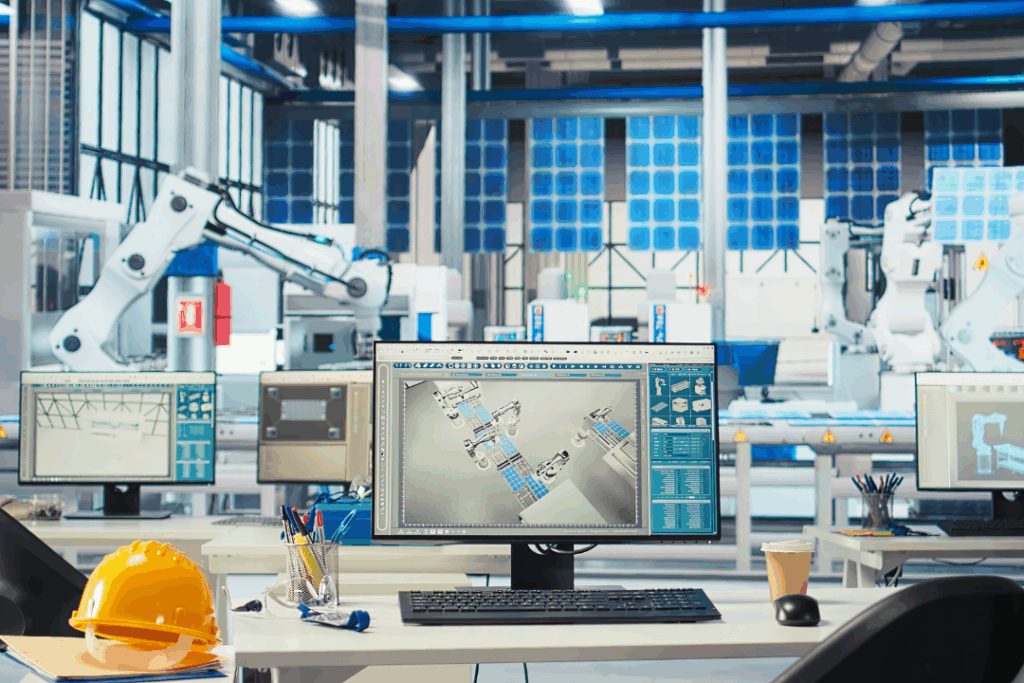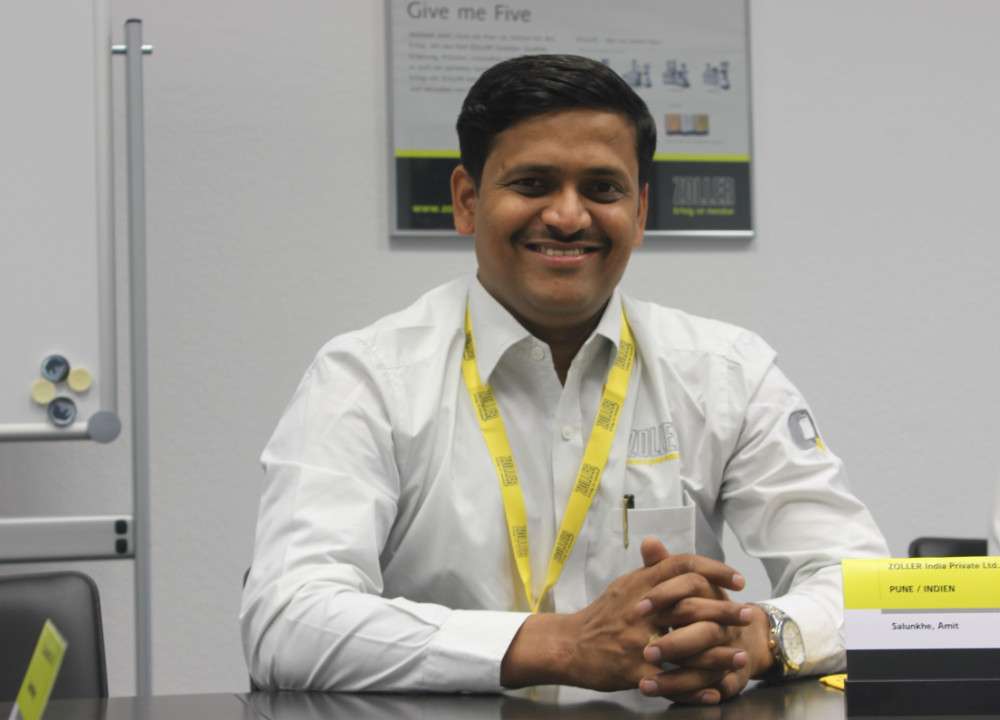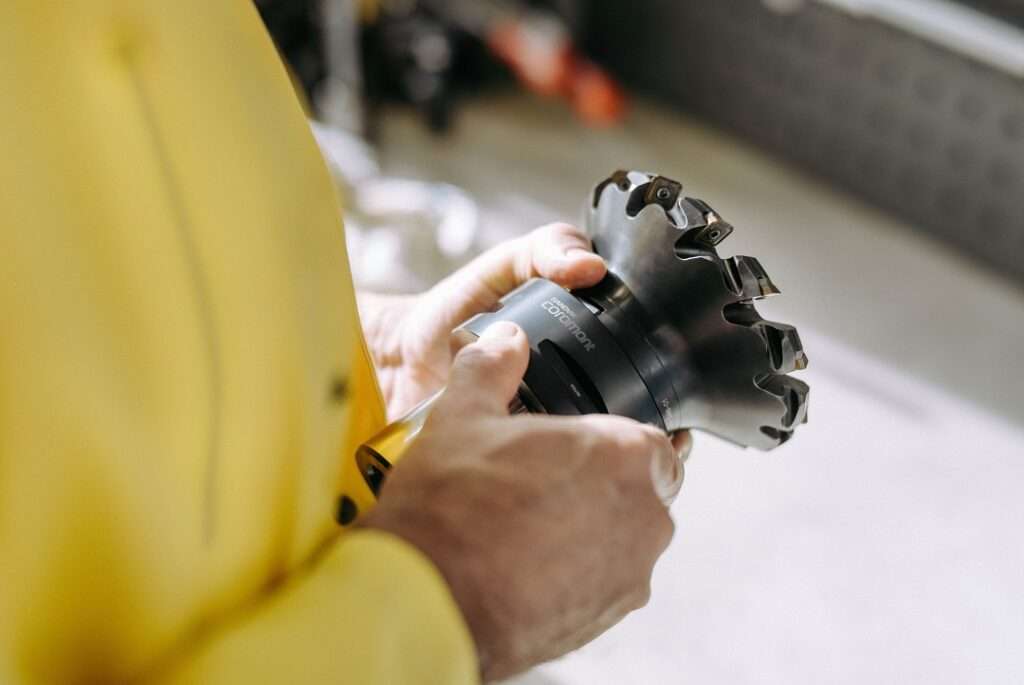Union Minister for Road Transport and Highways, Nitin Gadkari, has laid out an ambitious mobility blueprint aimed at reshaping India’s transportation system. The plan focuses on introducing advanced transport technologies such as hyperloop travel, electric rapid transit, and ropeway systems, covering both urban centers and hilly or remote areas.
Ropeways, cable cars, and funicular railways are being proposed at 360 locations nationwide, including religious and tourist destinations like Kedarnath. Work has already started on 60 of these projects, with budgets ranging between ₹200 crore and ₹5,000 crore. These efforts are part of a broader goal to build sustainable and accessible transport infrastructure.
Key highlights of the plan include widening 25,000 kilometers of two-lane roads to four lanes, setting up electric mass transit networks on key routes, and accelerating road construction to a pace of 100 kilometers per day. The changes are expected to reduce freight costs and environmental impact while improving travel efficiency.
Advanced pilot initiatives such as hyperloop systems, Metrino pod taxis, and pillar-based mass rapid transit are being considered for Delhi, Bengaluru, and other metropolitan areas. Hyperloop travel, which uses low-pressure vacuum tubes to achieve high-speed commuting, is expected to revolutionize city transport.
An electric bus pilot project is underway in Nagpur, featuring a 135-seater vehicle equipped with executive-class features and capable of reaching speeds up to 125 km/h. The bus charges in 30 to 40 minutes and is projected to operate at 30% lower cost than diesel counterparts, while offering zero tailpipe emissions.
Mr Gadkari also confirmed that eleven major automakers, including Tata, Hyundai, Toyota, and Mahindra, will develop vehicles with flex-fuel engines. These vehicles can run on ethanol, methanol, biofuels, and conventional fuels, helping reduce India’s reliance on imported crude oil and cutting carbon emissions.
Citing that the transport sector accounts for nearly 40% of the nation’s air pollution, Mr Gadkari highlighted that cleaner technologies will help lower India’s ₹22 trillion annual fuel import bill. He anticipates that improved logistics networks will bring freight costs down from 14% of GDP to 9% by year-end.
Since 2021, the ministry has expanded its responsibilities to include oversight of ropeways and other alternative mobility systems, enabling better connectivity to regions with difficult terrain. This shift is intended to boost development in under-served areas.
Additional upgrades include the creation of 670 roadside facility hubs along highways, deployment of AI-driven road safety tools such as drones and surveillance cameras, and a major tree-planting program targeting 20–25 crore trees. A new tree bank model, developed in coordination with the Ministry of Environment, is also in progress.
Mr Gadkari expressed confidence that Indian highways will soon rival American standards. He also envisioned cities equipped with cable-run public transport and electric mass transit systems, signalling a transformative leap in how India approaches mobility and infrastructure for the future.







